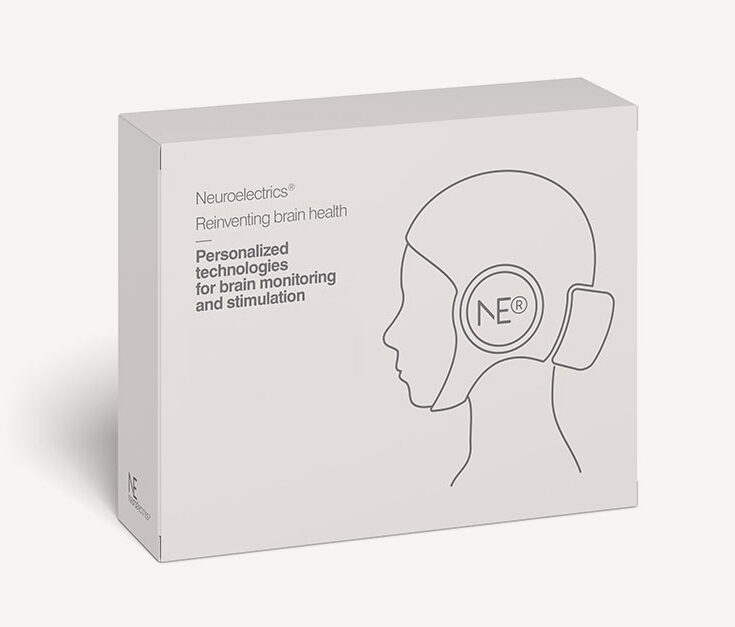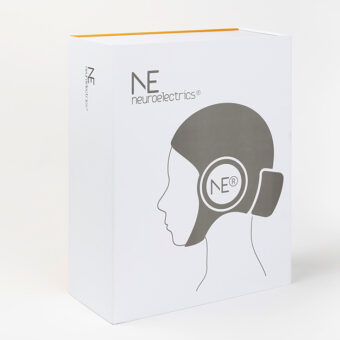Introduction
CFR Title 21 governs the medical device regulation in the United States and is one of the regulations that form the foundation for many of the medical device laws worldwide. The European Medical Device Regulation, Regulation (EU) 2017/745, also known as the MDR, is the other one and was already discussed in our last regulatory piece. National laws are typically developed based on one of these two models. In this article, we will delve into the regulatory framework in the United States as defined by CFR Title 21.
CFR Title 21 Scope & History
The Code of Federal Regulations, or CFR, is a set of rules and regulations published by the executive departments and agencies of the federal government of the United States. The CFR is organized into titles, with each title representing a broad subject area. Title 21 specifically covers the requirements related to medical devices, but also other highly regulated products, such as food, drugs, and cosmetics.
The first edition of the Code of Federal Regulations was published in 1938, and it included Title 21. Over time, Title 21 has undergone numerous revisions and updates to reflect changes in legislation, advancements in scientific understanding, and evolving regulatory needs.
A Quick Overview of Premarket Submissions
For a company to place its medical devices in the US market, a premarket submission must first be performed. There are several programs to put a device on the market depending on their risk class:
- 510k premarket submission. In this procedure, the applicant must demonstrate equivalence with an existing device that is already on the market. It is only applicable for lower or medium-risk class devices. Devices that are granted 510k are usually called “FDA-cleared”.
- Premarket approval (PMA) application. This way is used for high-risk class devices and it requires a more rigorous application to ensure that the product will be used safely. Devices that are granted a PMA are usually called “FDA-approved”. Devices with no predicate fall within this category by default.
- DeNovo process. With this process, the FDA is asked to reclassify devices that have been automatically classified as high-risk devices due to their lack of predicate rather than for their inherent risk. These devices are also called “FDA-approved”.
What are the main requirements that Neuroelectrics must comply with according to CFR Title 21?
As a foreign manufacturer of medical devices, Neuroelectrics must ensure the following:
- Quality System Regulation (QSR). Neuroelectrics has implemented a quality system that is periodically audited by a Certification Body, an accredited agent that reviews the documentation and processes for medical device manufacturers.
- Communication of establishments and devices. The facilities of the company and the devices placed in the US market must be registered before initiating the distribution activities.
- Building up the Design History File (DHF), Device History Record (DHR), and Device Master Record (DMR). A detailed description of the lifecycle processes and registers of medical devices:
- Design, general and specific controls, and product validation and verification.
- Clinical evaluation and clinical investigations.
- Labeling materials and information to be provided to the user.
- Risk management activities.
- Manufacturing, identification, and traceability.
- Post-market surveillance and vigilance activities.
- Traceability and documented records of all devices placed on the market, including the Unique Device Identification.
- Present and update the premarket submission documentation.
Neuroelectrics cleared devices
Neuroelectrics fulfills its obligations as a manufacturer of medical devices. Below, you can see a list of our products that possess a 510k premarket notification:
- EEG systems:
- Enobio Dx 8
- Enobio Dx 20
- Enobio Dx 32
Conclusion
In conclusion, CFR 21 offers a carefully elaborated framework that ensures that manufacturers navigate a regulatory landscape that prioritizes the well-being of the end-user. The QSR highlights the commitment to manufacturing excellence, reinforcing the industry’s dedication to delivering safe and effective medical technologies. As we look to the future of healthcare innovation, FDA’s Title 21 remains a guidepost, shaping the evolution of medical devices and fostering an environment where breakthroughs can thrive while maintaining the highest standards of quality and patient care.
References:
Code of Federal Regulations (CFR). URL: https://www.ecfr.gov/current/title-21



